Introduction
Capacitors are essential components in electronic circuits, storing and releasing electrical energy when needed. One such component, the LKL J18 Capacitor, has gained attention for its reliable performance in various applications. In this comprehensive guide, we will delve deep into its specifications, construction, applications, comparisons, and troubleshooting tips to help you make an informed decision.
Understanding Capacitor Specifications
To understand the LKL J18 Capacitor, it is important to be familiar with key capacitor specifications:
- Capacitance – Measured in farads (F), it represents the capacitor’s ability to store electrical charge.
- Voltage Rating – Indicates the maximum voltage the capacitor can handle.
- Tolerance – The allowable deviation from the rated capacitance value.
- Temperature Coefficient – The change in capacitance with temperature variations.
- Equivalent Series Resistance (ESR) – The internal resistance that affects performance in AC circuits.
Below is a table summarizing these important specifications:
| Specification | Description |
|---|---|
| Capacitance | Ability to store electrical charge |
| Voltage Rating | Maximum voltage the capacitor can handle |
| Tolerance | Deviation from rated capacitance value |
| Temperature Coefficient | Effect of temperature changes on performance |
| ESR | Internal resistance affecting AC operation |
LKL J18 Capacitor: Detailed Specifications
The LKL J18 Capacitor is designed for high-performance applications. It comes in various capacitance values, typically ranging from 10µF to 1000µF, and offers voltage ratings between 16V to 450V.
Physical and Electrical Characteristics:
- Material Composition: Electrolytic dielectric
- Temperature Range: -40°C to +105°C
- Tolerance Levels: ±10% to ±20%
- ESR Rating: Low ESR for improved efficiency
These features make the LKL J18 Capacitor a reliable choice for industrial and consumer electronics applications.
Construction and Materials
The LKL J18 Capacitor is constructed using high-quality materials to ensure durability and stability. It consists of:
- Dielectric Material: Typically aluminum electrolytic, providing efficient charge storage.
- Electrode Composition: Aluminum foil, enhancing conductivity.
- Encapsulation: Sealed in a cylindrical aluminum casing to prevent leakage and extend lifespan.
Performance Characteristics
Key Performance Indicators:
- Frequency Response: Stable operation across a wide frequency range.
- Stability Over Time: Retains capacitance value even after prolonged use.
- Temperature Stability: Minimal variation in performance under extreme temperatures.
- Load Life: High endurance with a lifespan of up to 5000 hours.
These characteristics make the LKL J18 Capacitor suitable for demanding applications that require precision and reliability.
Applications of LKL J18 Capacitor
The LKL J18 Capacitor is widely used in:
- Consumer Electronics: Power supplies, televisions, and audio amplifiers.
- Industrial Equipment: Motor drives, control circuits, and automation systems.
- Automotive Systems: Electric vehicle power management and ignition circuits.
- Communication Devices: Signal processing and radio frequency applications.
Installation and Handling Guidelines
Best Practices for Installing LKL J18 Capacitors:
- Soldering Techniques: Use a controlled soldering temperature to prevent component damage.
- Mounting Considerations: Ensure proper orientation to avoid polarity issues.
- Storage Recommendations: Keep in a dry and temperature-controlled environment.
Comparison with Similar Capacitors
When comparing the LKL J18 Capacitor to other models, it stands out for its:
- Lower ESR leading to better efficiency.
- Higher lifespan than conventional capacitors.
- Better thermal stability under extreme conditions.
| Feature | LKL J18 Capacitor | Competitor Capacitor |
| ESR | Low | Moderate |
| Lifespan | Up to 5000 hours | 3000-4000 hours |
| Temperature Range | -40°C to +105°C | -25°C to +85°C |
Troubleshooting and Maintenance
If your LKL J18 Capacitor shows issues, consider these troubleshooting steps:
- Check for Leakage: Any visible bulging or leakage indicates capacitor failure.
- Measure Capacitance: Use a multimeter to verify capacitance value.
- Replace if Necessary: If significant deviation is found, consider replacing the capacitor.
Environmental and Safety Considerations
The LKL J18 Capacitor complies with RoHS regulations, ensuring minimal environmental impact. It is essential to dispose of capacitors properly to avoid environmental hazards.
Frequently Asked Questions (FAQs)
Can the LKL J18 Capacitor be used in audio circuits?
- Yes, the LKL J18 Capacitor is suitable for audio circuits due to its low ESR and stable frequency response, which help minimize distortion and improve signal clarity.
What are the common failure modes of the LKL J18 Capacitor?
- Common failure modes include dielectric breakdown, leakage current increase, capacitance degradation, and physical bulging due to excessive voltage or temperature exposure.
Are LKL J18 Capacitors polarized or non-polarized?
- Most LKL J18 Capacitors are polarized, meaning they have a positive and negative lead and must be installed correctly to function properly.
Can I use LKL J18 Capacitors in power factor correction applications?
- While the LKL J18 Capacitor is excellent for filtering and energy storage, power factor correction typically requires specialized capacitors designed for reactive power compensation.
How do I choose the right LKL J18 Capacitor for my circuit?
- Consider key factors like voltage rating, capacitance value, ESR, temperature range, and application requirements to ensure optimal performance and longevity in your circuit.
Conclusion
The LKL J18 Capacitor is a high-quality component that offers reliability, efficiency, and durability. With its wide range of applications, superior performance characteristics, and compliance with safety regulations, it is an excellent choice for various electronic projects. By following proper installation and maintenance practices, users can maximize the lifespan and performance of these capacitors, making them a valuable asset in electronic design and manufacturing.
Recommended Articles:
- A Pretty Wooden Porch with Flowers: The Ultimate Guide
- A Comprehensive Guide to Képeslap Névnapora Sörrel
- Who Is Mlane8675? An In-Depth Guide to Unveiling the Online Persona
- A Comprehensive Guide to Elena Flerova’s Paintings: The Rebbe, Children, and Aroma M6170226
- The Ultimate Guide to Aroma M6170226: Features, Benefits, and Expert Tips
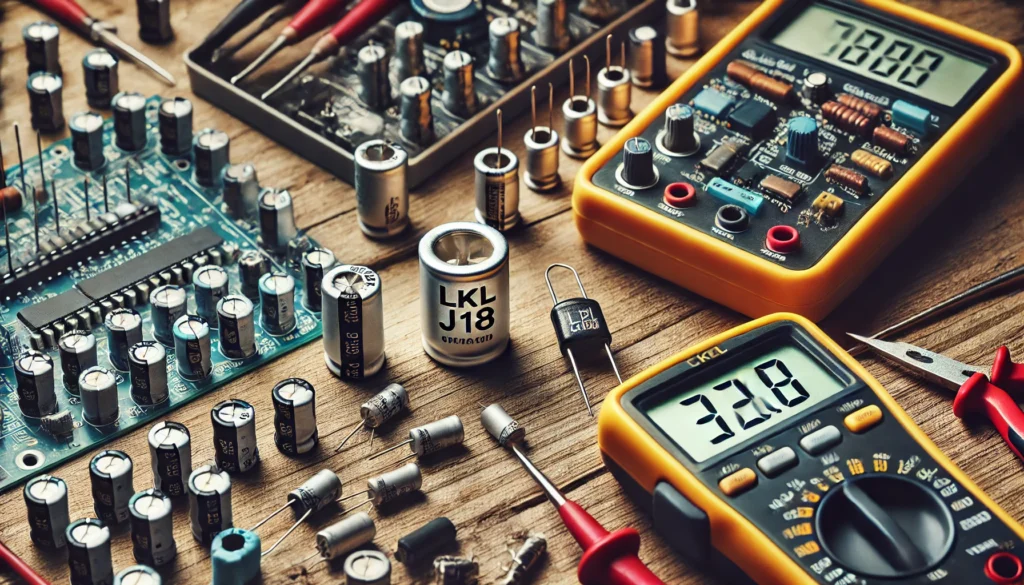
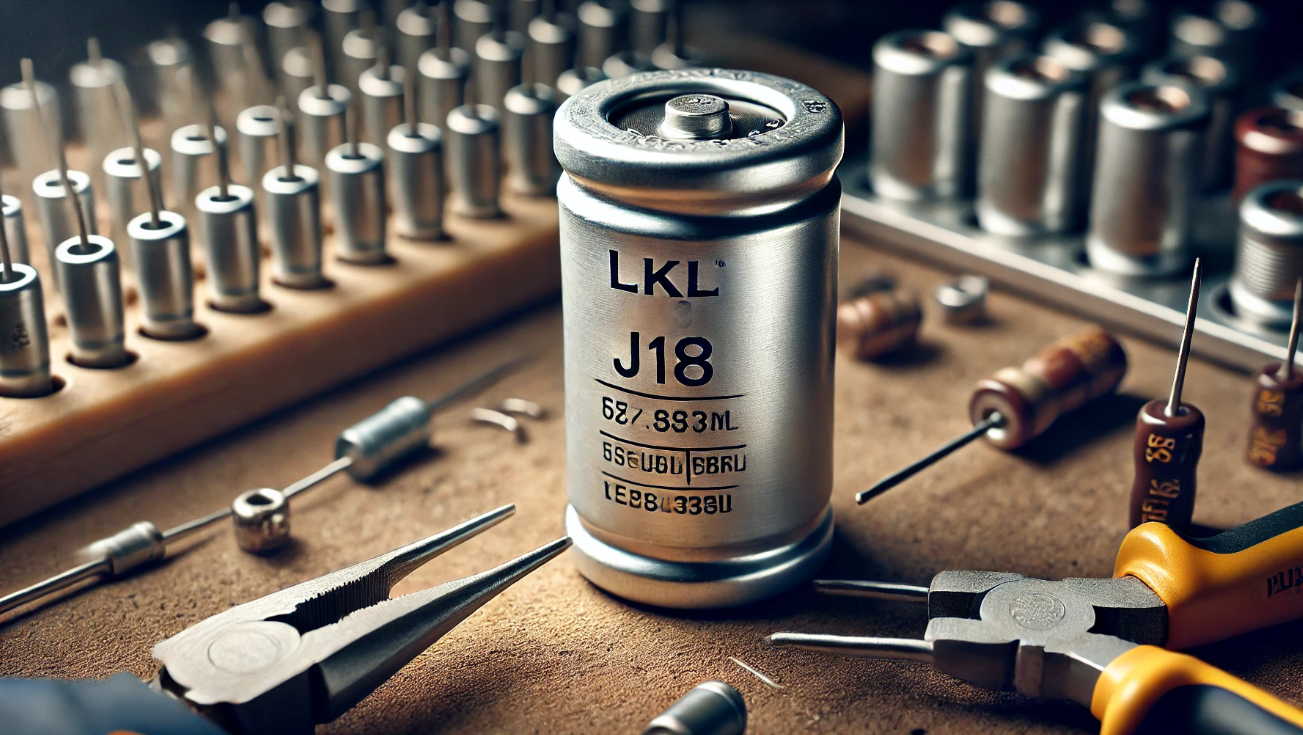










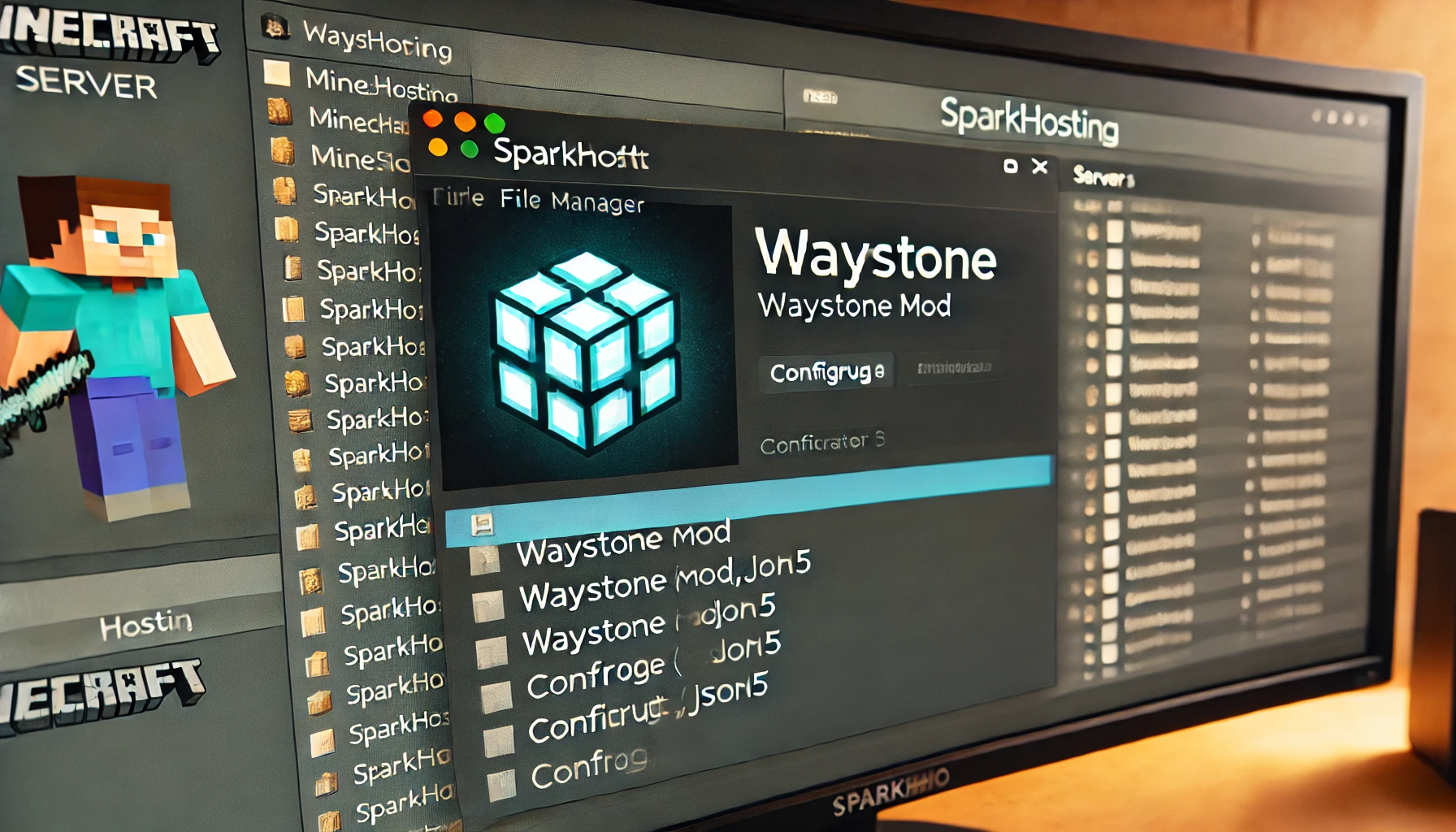





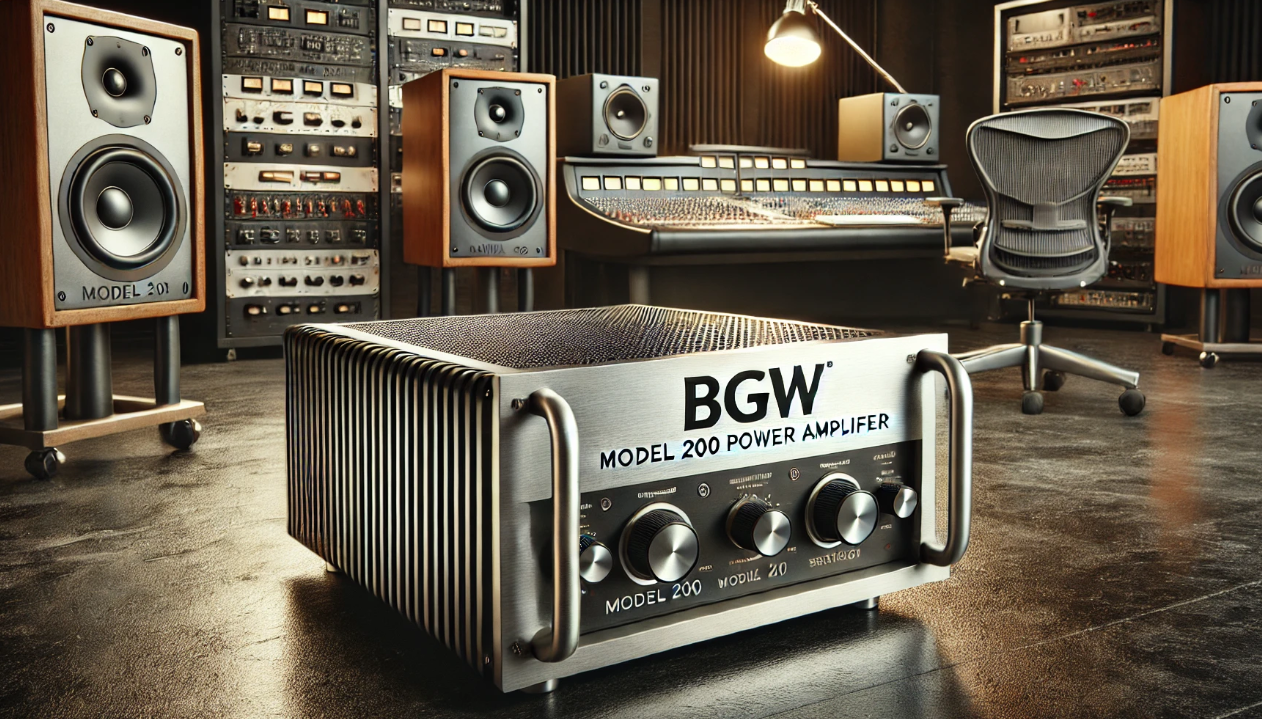









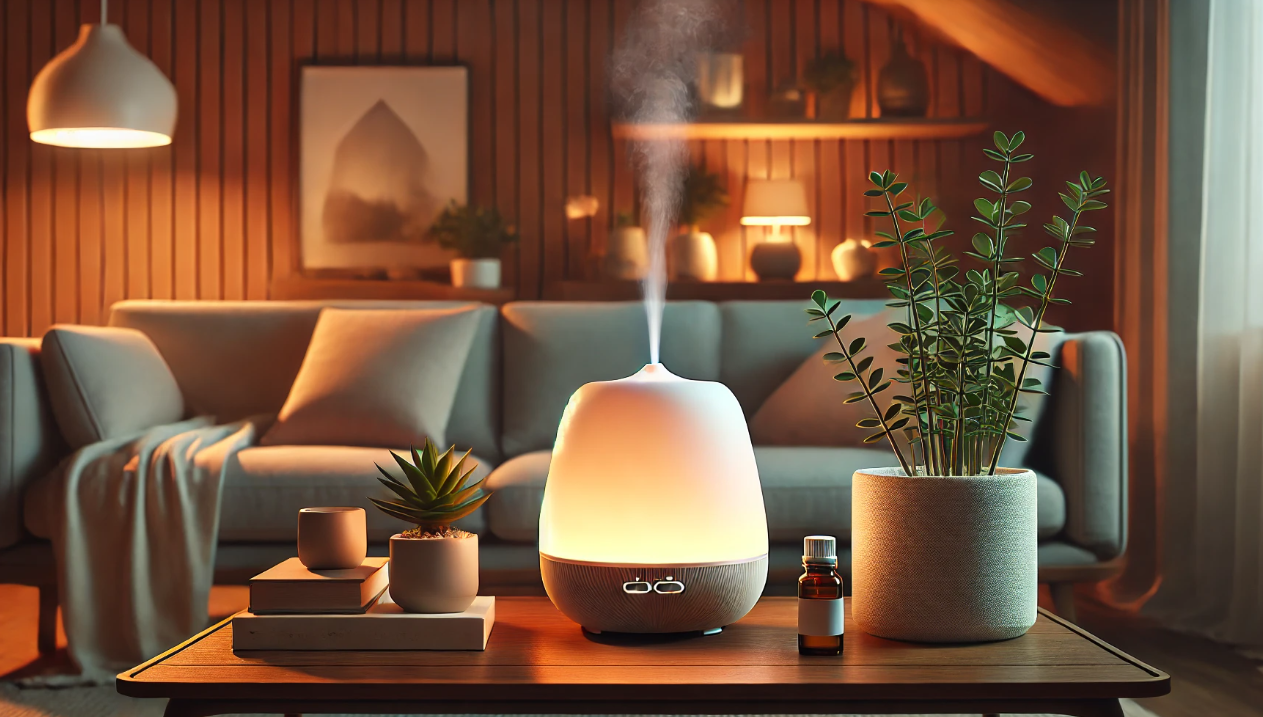


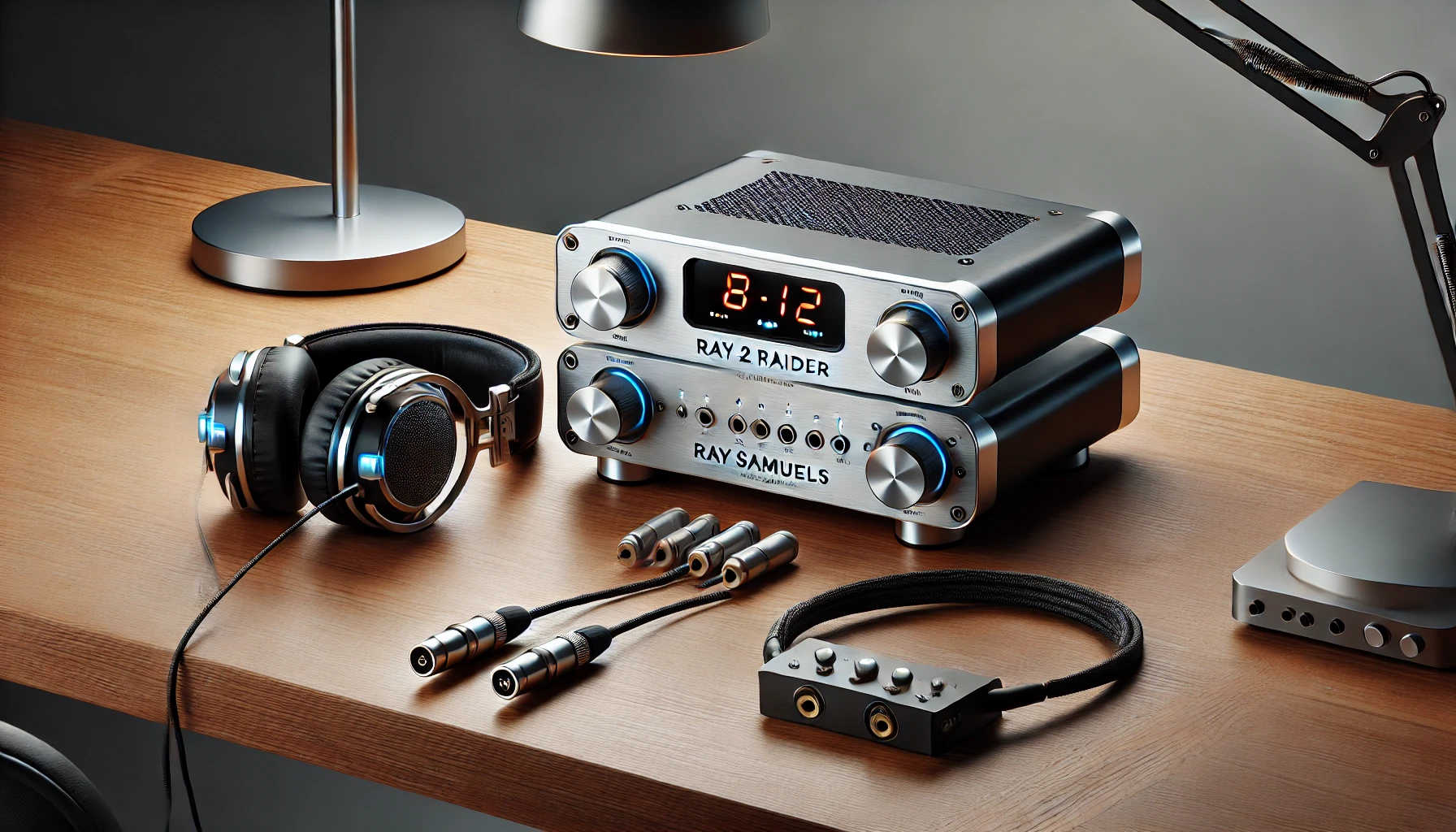










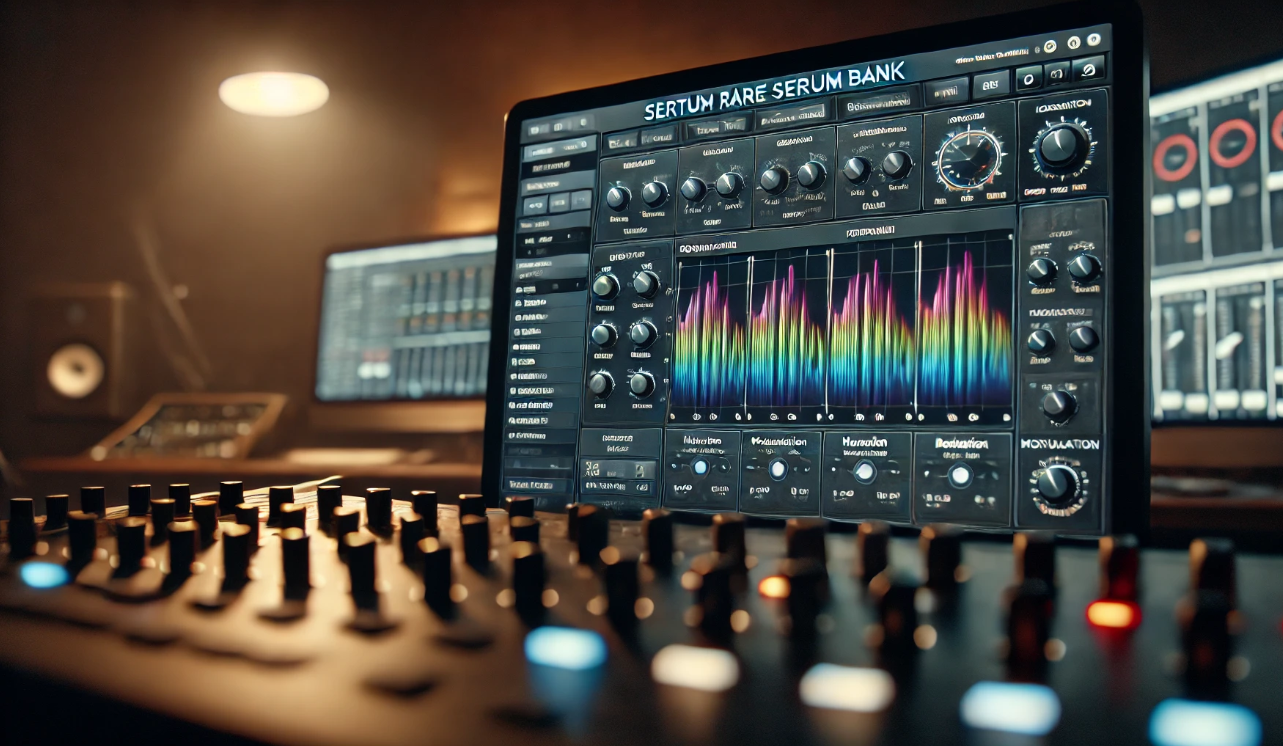









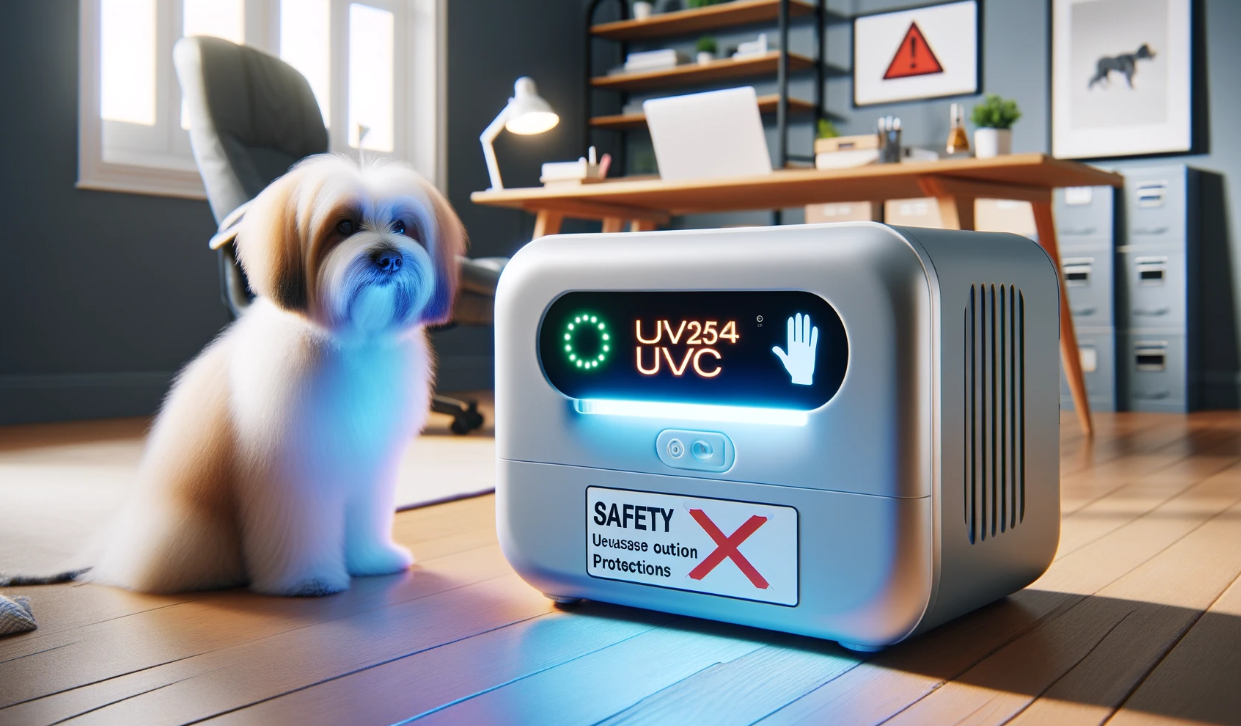






























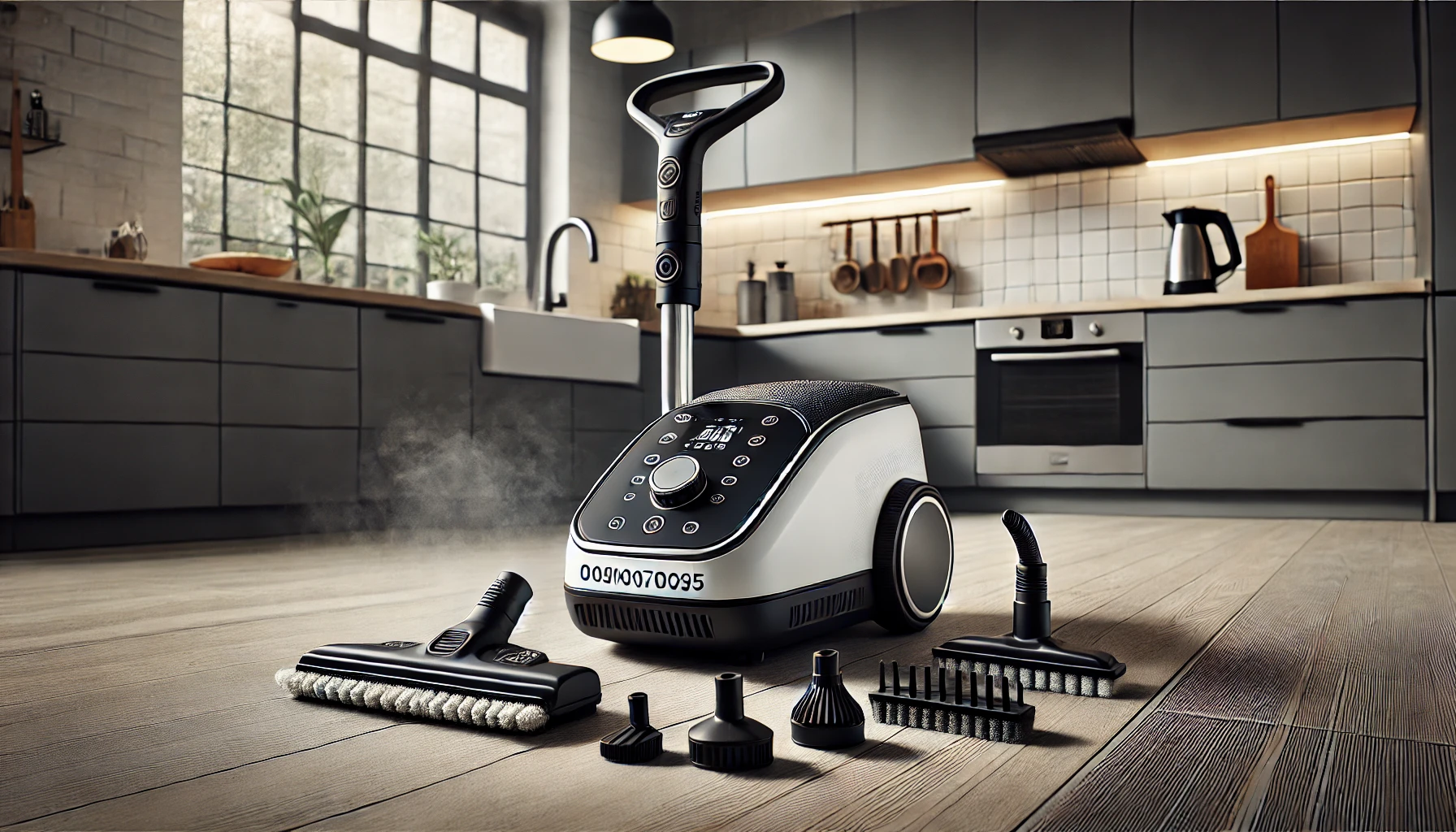





















Leave a Reply